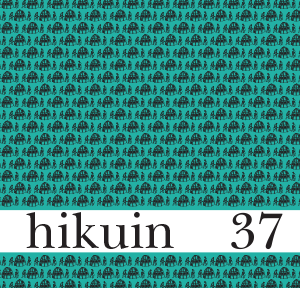Affald fra en glasproduktion ved Glargårde
Resumé
Waste from a glasswork at Glargaarde in northern Jutland
By Arne Jouttijärvi
Waste found during archaeological investigation of a Renaissance glasswork by Glargaard in northern Jutland have been analyzed. Among the parts from the furnace clay plates that had been used for closing openings in the furnace was found (Fig. 1). Some of these were made from ordinary clay, while fireclay was used for another group. This probably reflects the use in different parts of the furnace or different furnaces. The crucibles for melting of the glass were also made from fireclay. As raw clay and unburned crucibles were found, it could be seen, that the crucibles were made at Glargårde from a mixture of fresh clay and grog made from old crucibles. Frit, the intermediate product of the glassmaking process, was identified as greyish half molten lumps (Fig. 3), having a composition close to that of the finished glass. Window glass was apparently the main product of the glasswork, and tree types of glass were identified (Fig. 7). The light olive-green glass normally associated with »forest glass« did constitute a large part of the glass fragments found, but the glassmaker at Glargårde had also been able to produce nearly colourless glass by decoloration with manganese oxide. A third type of glass was coloured bright green using copper oxide. This type was the only one used for the production of painted window panels. The paintings were primarily made in a brown color, using iron oxide as a pigment, mixed with lead containing glass. The lead-oxide probably made the fusing of the paint easier. A gray color on some glass fragments was identified as a copper oxide. On similar painted window fragments from Ribe to shades of brown was used, produces by the addition of different amounts of iron oxide to a pulverized lead glass.
Referencer
Bezborodov, M.A.: Chemie und Technologie der antiken und mittelalterlichen Gläser. Mainz: 1975
Bronk, H. & Schulze, G.: Untersuchungen an holsteinischen Glashüttenfunden des 17. und 18. Jahrhunderts, Berliner Beiträge zur Archäometrie 16 (1999), s. 101-116.
Buchwald, V.F. 1998. Myremalm; Geologisk Tidsskrift, hæfte O, pp. 1-26 København, 1998
Kuisma-Kursula, P.,Räisänen, J. & Matiskainen, H.: Chemical analysesof european forest glass. Journal of Glass studie, vol 39, 1997; Corning, New York 1997, s. 57-68
Martinon-Torres, M. & Rehren, Th.: Post-medieval crucible production and distribution: a study of materials and materialities. Archaeometry 51,1, 2009, s. 49-74.
Mortimer, C.: Analysis of post-medieval glass from Old Broad Street, london, with reference to other contemporary glasses from London and italy; Trade and Discovery,British museum Occasional Paper 109, London 1995
Nielsen, Jens N.: Tinsholt og Glargårde. Skalk 2008:2 s. 18-25.
Nielsen, J.N.: Ruder i Ribe i renæssancen, By, marsk og geest 21, 2009, s 49-63
Stephan, H.-G., Wedepohl, K. H. & Hartmann, G.: Die Gläser der hochmittelalterliscen Waldglashütte Steimcke; Zeitschrift für Archäologie des Mittelalters, 20, 1992; s. 89-123
Watzke, B.: Materialwissenschaftliche Untersuchungen von Produktionseinrichtungen und Produkten der spätmittelalterlichen Glashütte Schönbuch. Diplomarbeit, Universität Würzburg 2001.
Downloads
Publiceret
Citation/Eksport
Nummer
Sektion
Licens
Forfatter og Forlag.





